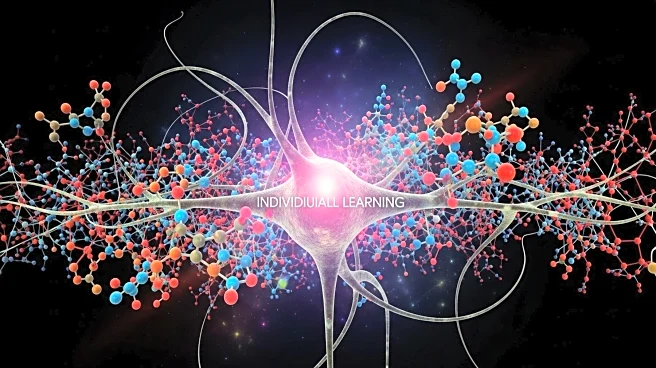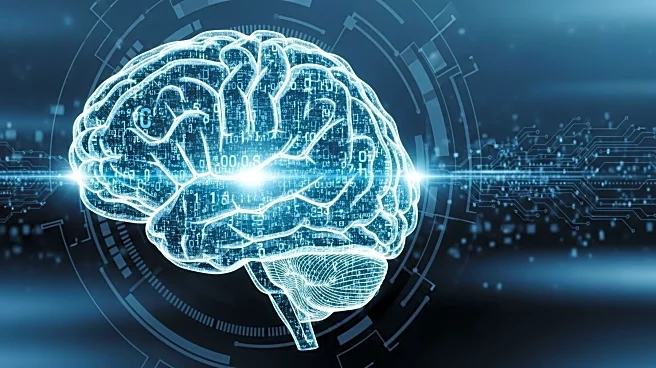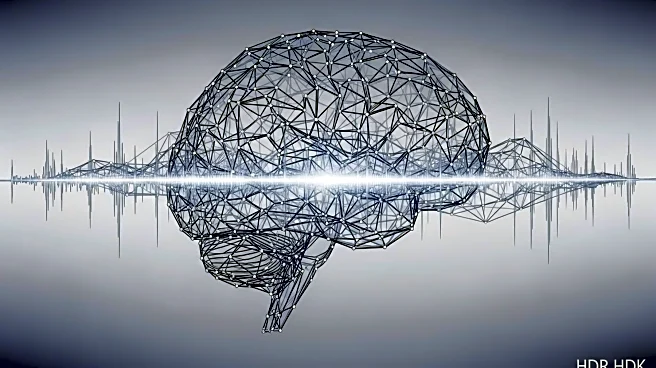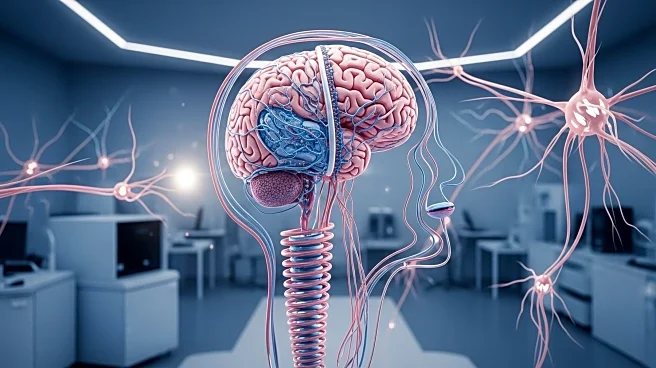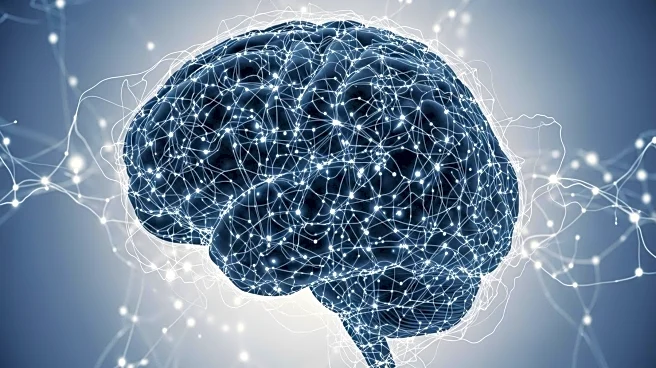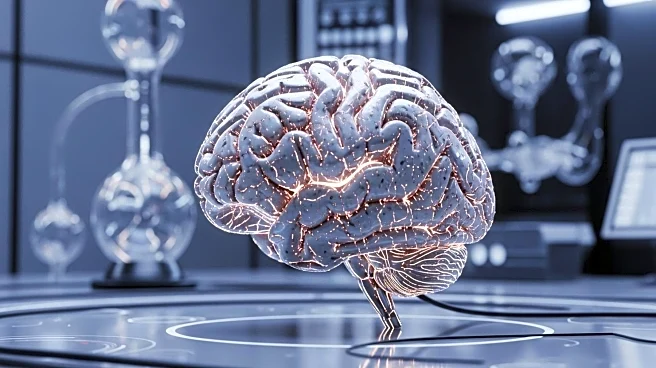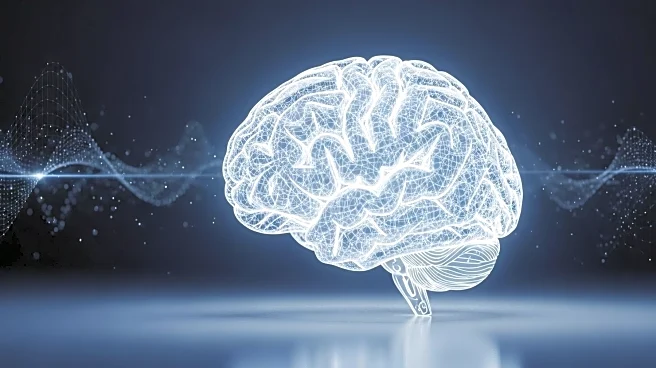What's Happening?
A recent study published in Cell by Liebana and colleagues has revealed that dopamine acts as a circuit-specific teaching signal, influencing individual learning trajectories over time. Traditionally known for encoding reward prediction errors, dopamine's role extends beyond short-term learning to affect long-term skill acquisition. The study highlights how dopamine guides personalized learning strategies, particularly within the dorsolateral striatum (DLS), by reinforcing neural pathways based on early behavioral biases and diverse solution strategies. Using longitudinal behavioral tracking and real-time dopamine measurements, the researchers demonstrated that dopamine signals evolve throughout learning, initially reflecting reward outcomes and later shifting towards task-relevant stimuli. This dynamic role of dopamine was further explored through optogenetic manipulations, showing its causal involvement in strategy formation during learning tasks.
Why It's Important?
The findings of this study have significant implications for understanding the mechanisms of long-term learning and skill acquisition. By identifying dopamine as a stimulus-contingent teaching signal, the research offers insights into how individualized learning strategies are developed and optimized. This could impact various fields, including education and therapeutic interventions for disorders related to dopaminergic signaling, such as Parkinson's disease and ADHD. The study also challenges traditional reinforcement learning models, suggesting a need for more nuanced approaches that consider individual learning states and strategies. This could lead to advancements in personalized education and training programs, as well as improved treatment strategies for neurological and psychiatric conditions.
What's Next?
Future research may explore other brain regions rich in dopaminergic inputs to further understand the role of dopamine in associative and reinforcement learning. The study's RPE model could be extended to other neurotransmission systems, offering broader insights into large-scale learning mechanisms. Additionally, the Tutor-Executor computational model developed in the study provides a framework for understanding how partial, input-specific RPEs shape strategy development and adaptive behavior. This could lead to new directions in neuroscience and the development of more effective learning and therapeutic models.
Beyond the Headlines
The study's findings highlight the importance of considering individual differences in learning and the role of early behavioral biases in shaping long-term learning strategies. This could lead to a reevaluation of traditional educational and training methods, emphasizing the need for personalized approaches that cater to individual learning trajectories. The research also underscores the potential for using computational models to simulate and predict learning outcomes, which could revolutionize educational practices and therapeutic interventions.
